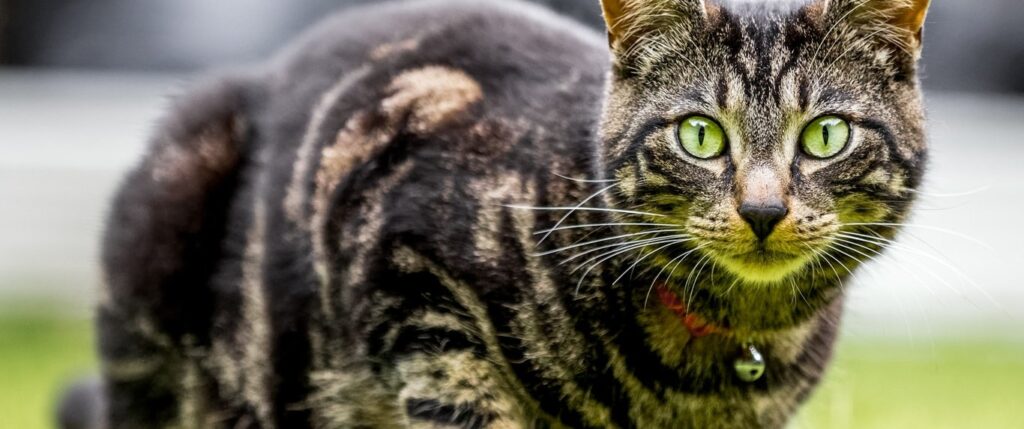The Polish Academy of Sciences has declared the house cat an ‘invasive alien species’ due to the “negative influence of domestic cats on native biodiversity.”
Cats posed “an unpredictable risk to local wildlife,” said the institute, citing a 2019 study published in Global Ecology and Conservation that revealed that in Poland, cats kill and eat up to 583.4 million mammals and 135.7 million birds annually. According to a biologist from the academy, the criteria for being considered an alien invasive species are “100 percent met by the cat.”
Cats join a long list of species added to the academy’s national database of invasive species, run by the Institute of Nature Conservation. Raccoons, mandarin ducks, clearwing moths and plant species like Japanese knotweed all feature on the list.

Poland is not the only country concerned about the environmental impact of the Felis catus. In some Icelandic towns, domestic cats have a curfew, and in the United States, studies show that the species is responsible for killing upwards of two billion birds each year, contributing to the extinction of 63 different species.
Lyall’s wren, a small, extinct flightless bird in New Zealand, is widely believed to have been wiped out by feral cats in the late 1800s.
This kind of large-scale extermination happens because birds and other species have never encountered cats as predators in their evolutionary history, says editor-in-chief at Scientific American, Laura Helmuth. Many species also create their nests on the ground, making them sitting ducks for predators. Chicks are particularly vulnerable to cats, but adult birds face grave risk too. “[A cat] is able to go through a nesting colony of birds and just kill every single one it sees without slowing down,” says Helmuth. “People [need to] understand the impact of their cat, and that keeping it indoors is something that every cat owner can do as part of their effort to make the environment safer and better for everybody.”

For cats who do spend time outdoors, there is another simple fix that could work a charm. “Putting a bell on your cat’s collar lets prey know that there’s a threat nearby and gives them a chance to escape before they are spotted,” suggests Justine Haralambous, Communications Editor at Network for Animals. “Make sure you use a ‘breakaway’-type collar so that if your cat gets stuck or lodged while hunting, the collar will break open and release her.”
The bell suggestion is in fact supported by research: according to The McGill Office for Science and Society, a number of studies have shown that bells on cat collars can reduce the amount of prey caught by roughly half, which could be sufficient to ease the pressure on vulnerable species and ecosystems. Studies further found that collar-related injuries are extremely rare.
“Owning a cat and caring about the environment should not have to be mutually exclusive,” says Haralambous. “The simple, cost-effective step of putting a bell on your cat means you help protect the natural environment around you without impinging on your cat’s enjoyment of the outdoors. It’s something that every cat owner should consider.”



